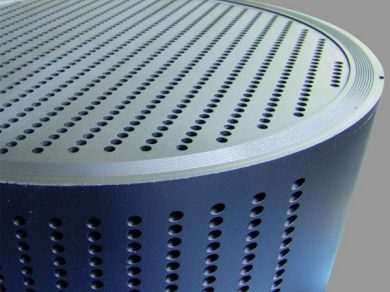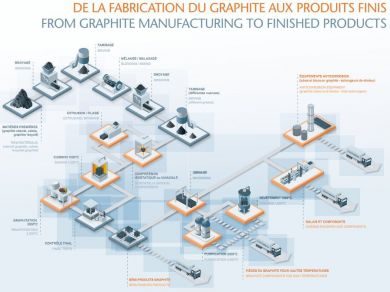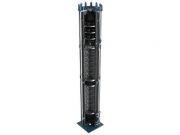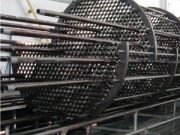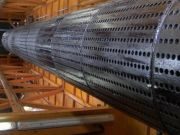GRAPHITE GRAPHILOR®
IMPREGNATED GRAPHITE
As a century-old experienced company in manufacturing fine and ultra-fine structured graphite, Mersen has developed its advanced isostatic graphite (grain size of 20 microns): Graphilor®3.
Graphilor® 3 is the only impregnated graphite resulting from the combination between isostatic graphite and a specific resin. It has the highest mechanical properties authorized by TÜV and can withstand extreme temperatures. Mersen offers a range of three Graphilor® 3, based on various impregnations (phenolic, carbon and PTFE) which ensure the imperviousness, the resistance to corrosion and temperature as well as the long-term stability.
3 products
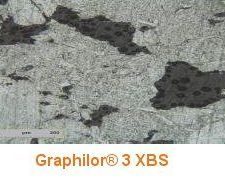
Graphilor®3 XBS (phenolic resin)
Suitable for 80% of applications, available up to 220°C, excellent corrosion resistance.
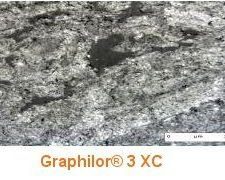
Graphilor®3 XC (carbon resin)
Perfect for very high temperatures up to 430°C.
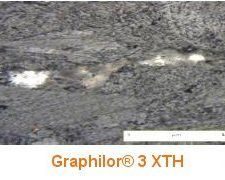
Graphilor®3 XTH (PTFE resin)
High corrosion resistance properties.
Graphilor®3 properties
- Excellent refractory qualities and mechanical properties
- Very good thermal conductivity and temperature resistance
- Non-contaminating
- Exceptional corrosion resistance
TEMPERATURE AND LONG-TERM STABILITY
- Highly cross-linked resin (BS)
- Resin treated at high temperature (C)
- PTFE resin (TH)
Synthetic graphite, the basis of Graphilor
Artificial graphite is manufactured from a mixture graphite, pitch and others. After molding and firing in an inert environment at around 1,000°C, an amorphous and hard intermediate form of carbon is obtained that does not conduct heat or electricity very well.
By heating it to around 3,000°C in the absence of any air, the carbon is purified and crystallized in a mild, greasy form conducting electricity and heat that can withstand chemical corrosion and very high temperatures. This is artificial graphite or electrographite.
Components measuring up to half a cubic meter can be produced. The first graphitization patent was filed by two engineers working for Société Le Carbone in 1893.
Contact India
Bangalore Sales Office
Annekal Taluk
560099 Bangalore, Karnataka
+91 80 68455211
Chinese Sales Office
201411 Shanghai
+86 21 57 52 77 77
French Sales Office
54530 - Pagny-sur-Moselle
+33 (0)3 83 81 60 81
American Sales Office
24153 Salem
+1 540 389-7535
Contact India
Bangalore Sales Office
Annekal Taluk
560099 Bangalore, Karnataka
+91 80 68455211
Chinese Sales Office
201411 Shanghai
+86 21 57 52 77 77
French Sales Office
54530 - Pagny-sur-Moselle
+33 (0)3 83 81 60 81
American Sales Office
24153 Salem
+1 540 389-7535

